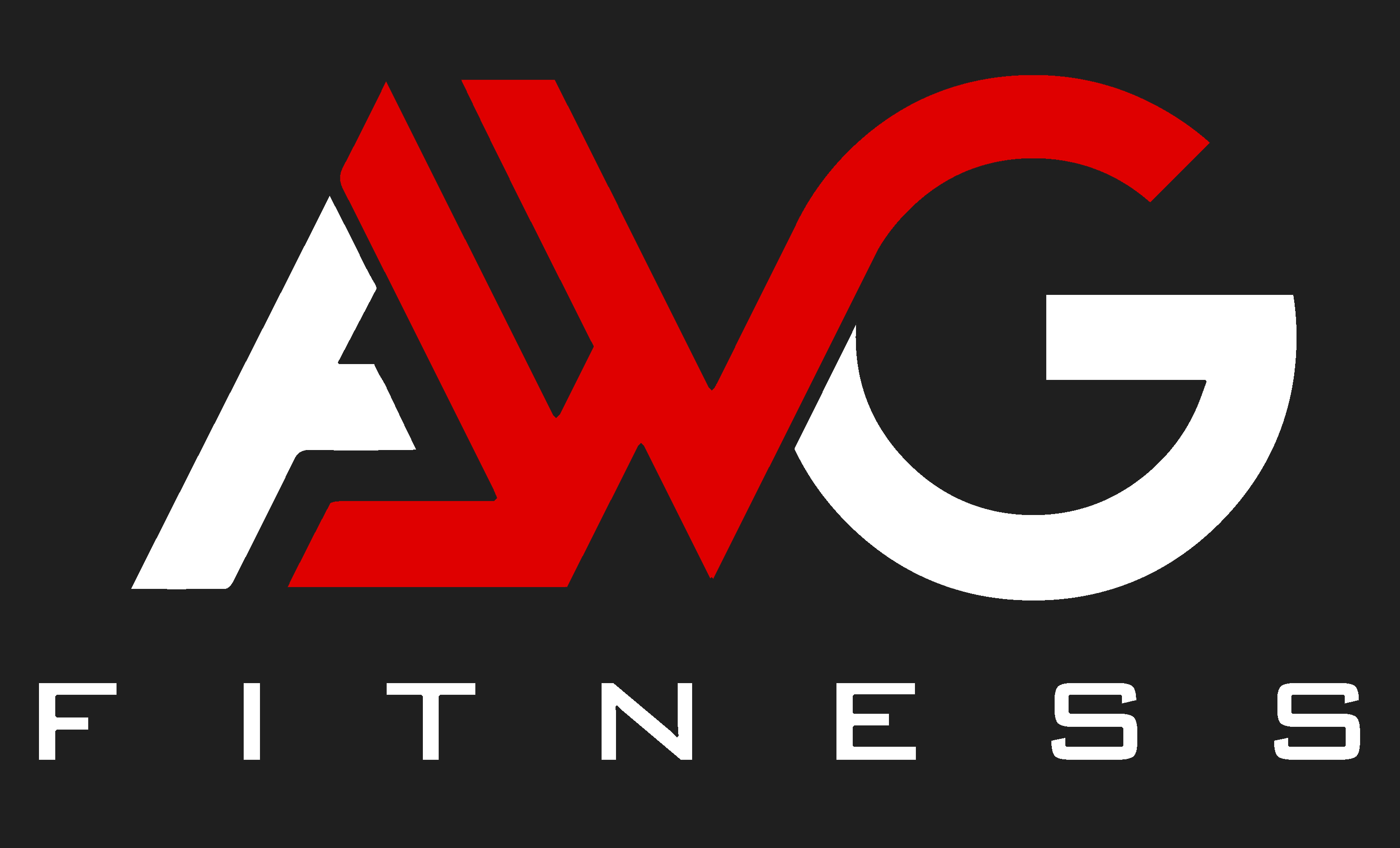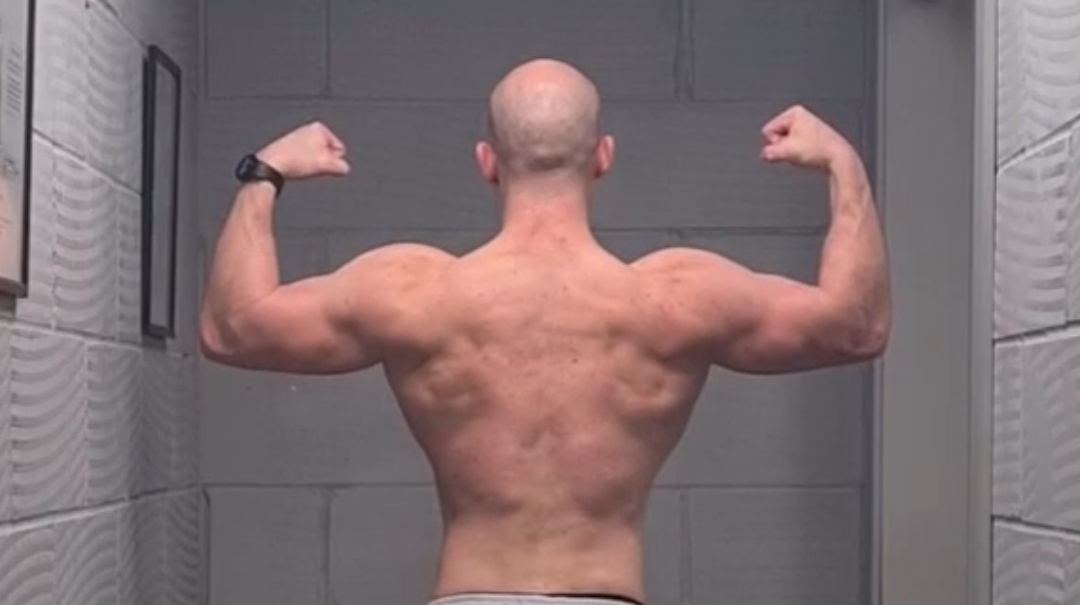Table of Contents
Targeting the Major Back Muscles
The back is made up of several distinct muscle groups that all require attention for a complete training program. Both horizontal and vertical pulling motions should be incorporated to stimulate these different areas.
Latissimus Dorsi (Lats)
Running along the sides of your back, the large latissimus dorsi “lats” muscles are the main focus of many back exercises. Vertical pulling motions like chin-ups and lat pulldowns emphasize the lats. For additional lat targeting, try the bent-over barbell row using an underhand, shoulder-width grip
Trapezius
Divided into upper, middle, and lower sections, the traps sit atop the shoulder blades. Exercises like the barbell shrug directly work the upper traps, while rear delt flies hit the middle and lower regions.
Rhomboids and Spinae Erector
The rhomboid muscles assist with shoulder blade retraction, which is worked isometrically during many back exercises. Meanwhile, the erector spinae running up the length of the lower back provides crucial support and stabilization for the entire kinetic chain. Back extensions effectively target the erector spinae.
Rotator Cuff
Though often overlooked, the small rotator cuff muscles around the shoulder joint deserve special attention to maintain joint health and stability. The face pulls perfectly train this area.
Teres Major
Found at the peak of the lats, the teres major muscle gets shortchanged in many programs. Implementing both vertical and horizontal pulling motions like the pulldown and reverse-grip row effectively works this region.
Fundamental Exercise selections
Now that the significant back muscle groups have been outlined, it’s time to select some fundamental exercises for a complete back training program. Compound movements should make up the foundation, supported by isolation exercises for focused muscle stress.
Compound Exercises:
- Deadlift
- Bent-over Barbell Row
- Pulldown
- Chin-up
Isolation Exercises:
- Shrug
- Face Pull
- Seated Cable Row
- Pullover
- Reverse-Grip Pulldown
Sample Back Workout
Putting it all together, here is a sample intermediate-level back workout split into pushing and pulling muscle emphasis:
Pulling Emphasis:
- Deadlift 4×5
- Bent-over Barbell Row 4×8
- Pulldown 4×10
- Face Pull 3×15
- Seated Cable Row 3×12
Pushing Emphasis:
- Chin-up 4×5-8
- Incline Dumbbell Row 4×8-10
- Pullover 3×12
- Reverse-Grip Pulldown 3×10
- Upright Row 3×12
Workout Notes:
- Pair heavy compounds with lighter accessory work
- Alternate vertical and horizontal pulling patterns
- Employ varied rep ranges from 5-15 reps
- Train back 2-3 times per week with 48 hours between sessions
The Importance of Progressing Over Time
To continually challenge the back muscles, it’s crucial to implement progressive overload over an extended period. Simply performing the same routine week after week will lead to stagnation. Some effective progression strategies include:
- Increase weight used over time (adding 5 pounds bi-weekly is a good target)
- Lower rest periods gradually (from 3 to 2 minutes as an example)
- Vary rep schemes (3 heavy sets of 5 reps one session, three back-off sets of 10 the next)
- Introduce advanced exercise variations (switch grip orientation, add instability)
Another option is periodically implementing density training by reducing rest intervals. For instance, superset two back exercises with only 30 seconds of rest in between sets. Strategically applying such shock tactics helps break plateaus. Overall, continuing to find new challenges related to weight, volume, and exercise selection is critical for ongoing development.
Incorporating Intensity Techniques
While the primary pump and volume approach is practical for growth, introducing high-intensity focused efforts maximizes results. Techniques like drop sets, supersets, and strip sets target the “zone of maximal adaptation” and squeeze extra muscular stress from workouts. Try experimenting with such advanced intensity methods periodically, especially when gains seem to be slowing. Some effective back-focused options include:
- Deadlift/bent row superset
- Pulldown/chin-up drop set
- Row/shrug strip set
- Cable row burnout finisher
- Pulldown pyramid set
Implementing accessory intensity techniques can happen only in some sessions. Occasional shocks to the muscles go a long way. Avoid overuse, which could lead to burnout.
Improving Form and Recruitment
Poor technique wastes effort and risks injury. Developing total mind-muscle connection through optimal form maximizes the workout. For the back, the focus should center on three areas:
- Scapular Retraction
- Pulling the shoulder blades together and down the spine is key. This occurs isometrically on many exercises but can be actively worked using rear delt flies.
- Spinal Curvature
- Exercises like back extensions reinforce proper lordotic spinal curvature for alignment and support. Avoid excessive rounding.
- Forearm and Grip Placement
- Be aware of how hand positioning affects the working muscles. Reverse-grip and neutral variations challenge the back differently.
Visual and muscular cues help recruit targeted regions to their potential. For instance, really driving the elbows back and down on rows fully activates the lats and teres major. Developing strong body awareness leads to stronger, more proportionately developed muscle groups over time.
Overcoming Common Weak Points
No back is perfect, so take care to identify and correct any structural imbalances through accessory exercises. Common trouble areas include:
- Tight hip flexors: Perform stretches like pigeon pose 2-3 times weekly
- Weak lower back: Add back extensions to the routine
- Puny rear delts: Supplement a pull movement each session with face pulls
- Underdeveloped upper back: Additional rowing variations target this region
By pinpointing individual weaknesses, a more balanced and symmetrical physique results. Neglecting problem areas leads to muscle imbalances that impair growth everywhere else over the long run. Integrate strategic weak point work for complete development.
Peaking Your Back For Competition or Photoshoots
When the time comes to showcase all your hard work, implementing strategic peaking techniques optimizes full muscle distension and definition. Some proven back-focused strategies include:
- Increase training frequency from 3 to 5 sessions per week
- Lower reps in the 8-10 range and focus on mind-muscle connection
- Use drop sets, rest-pause, and supersets with intensity techniques 2-3x weekly
- Limit direct core and lower body work 3-4 weeks out from the stage
- Transition to a mini-cut diet with decreased calories if needed
- Implement strategic carb cycling in the final week to fill out muscles
- Perform ammonia pre-workout and hit a long, intense posing session
With the enhanced density and fullness that arise from such measures, your refined, hard-earned back development will be on full display come showtime!
Conclusion
Following a periodized program focused on compound lifts, isolated muscle work, progressing variables, and intensity provides the blueprint to reshape your back. However, growth relies on continual challenges over months and years. Staying patient yet determined, addressing weaknesses, and recovering properly between sessions – these habits laid the foundation for ongoing success in developing muscle. By making back development a priority, you’ll take your physique and strength to an entirely new echelon. Get ready to turn heads!


